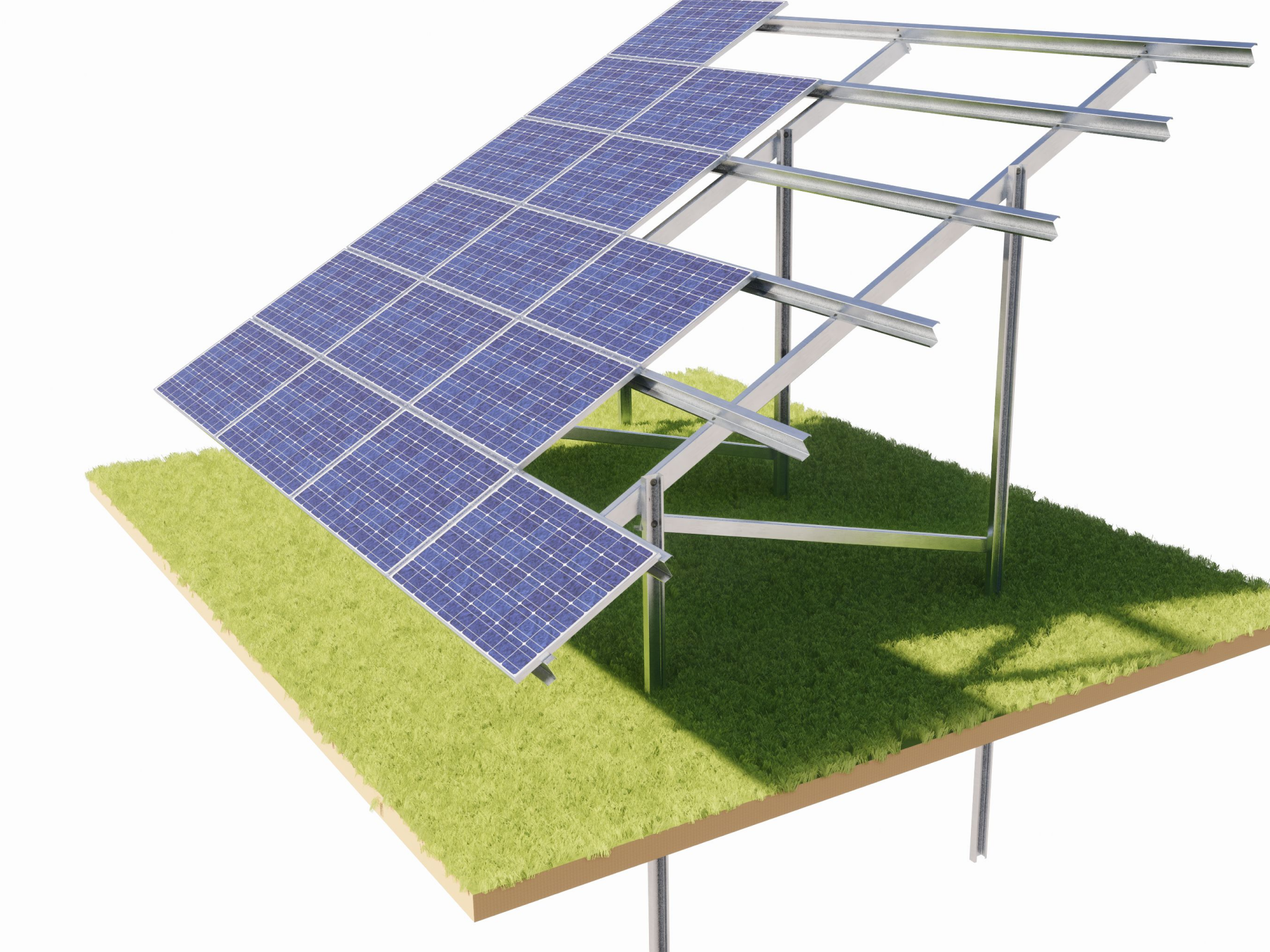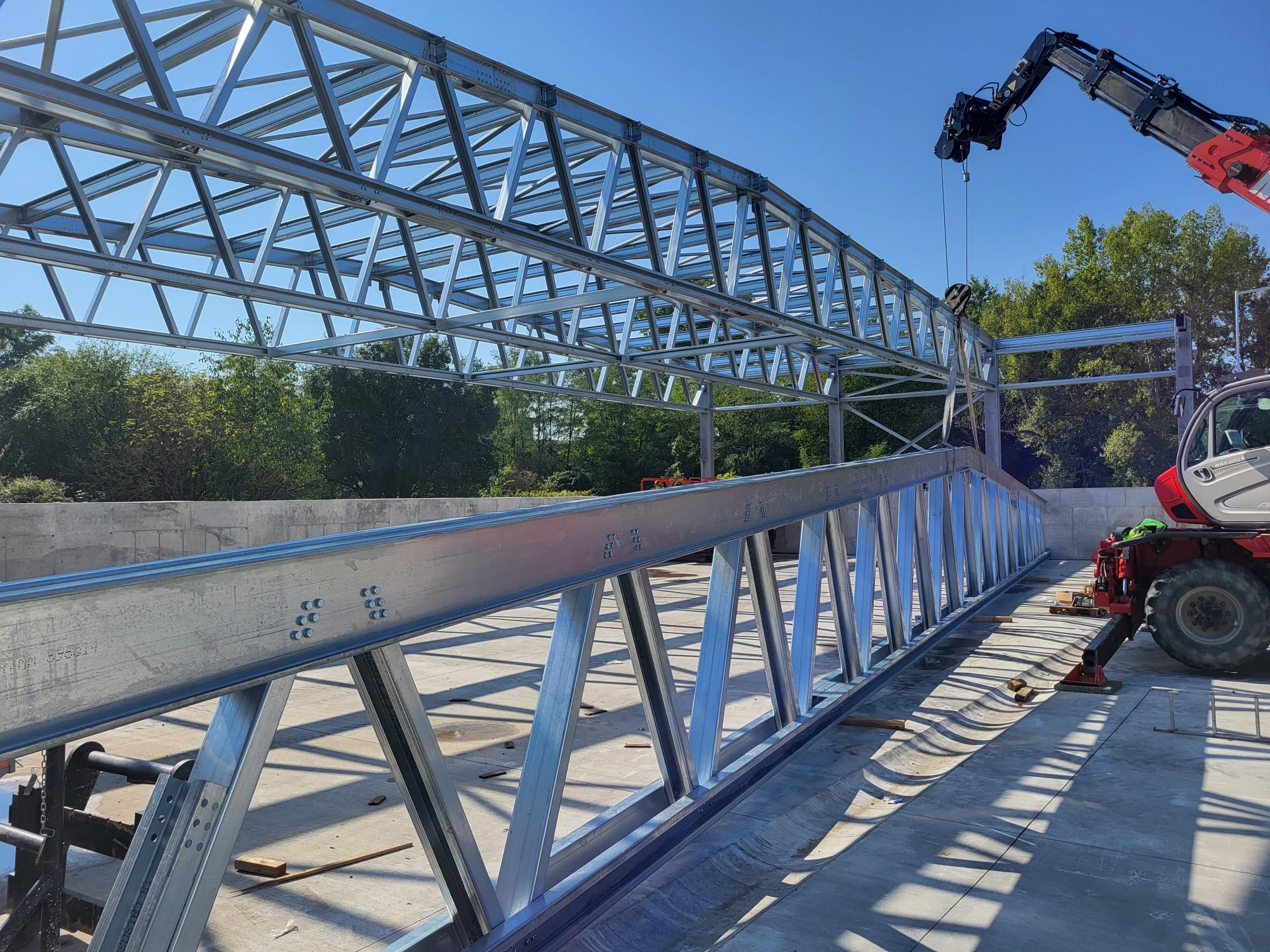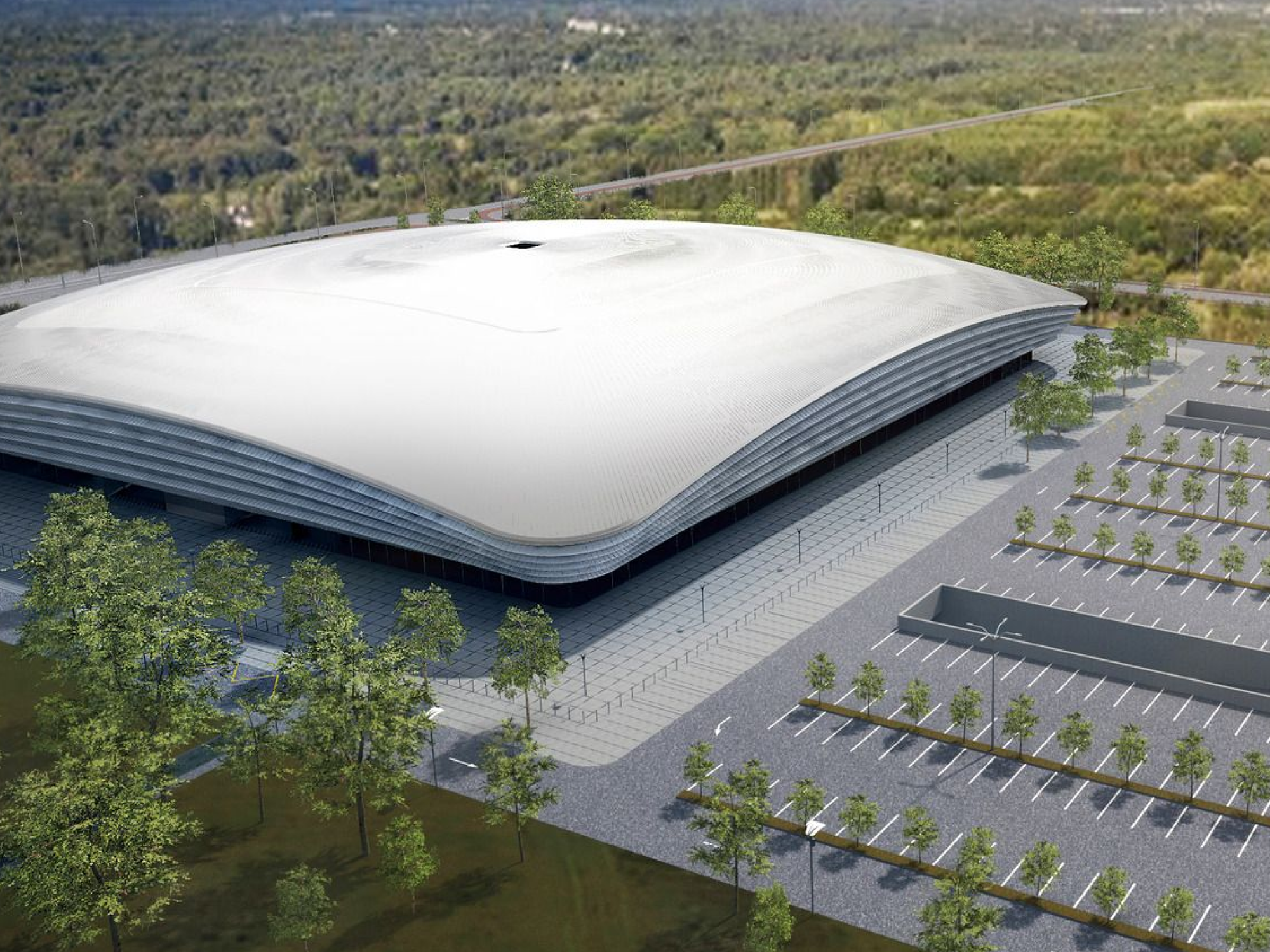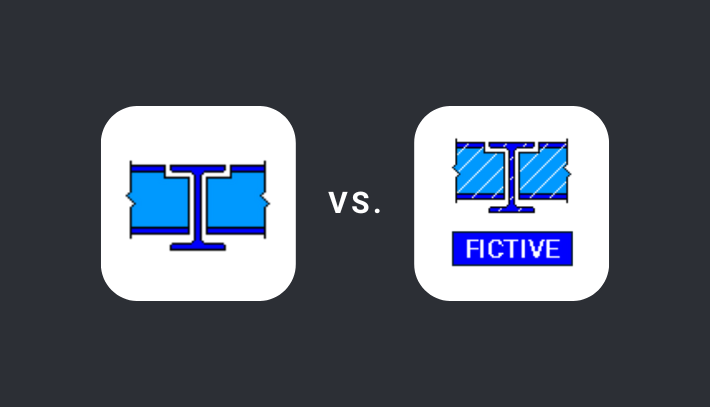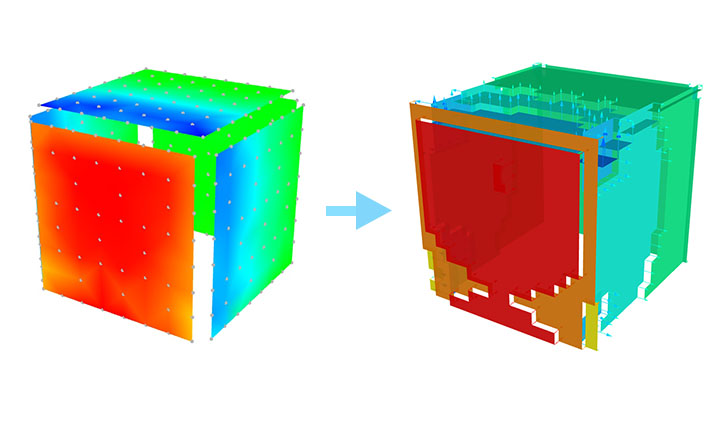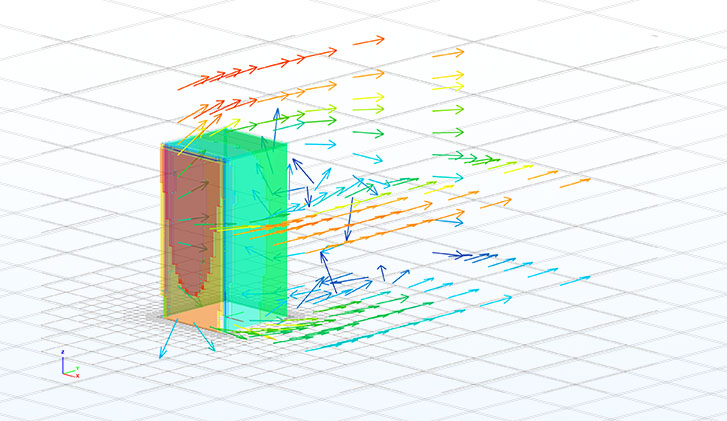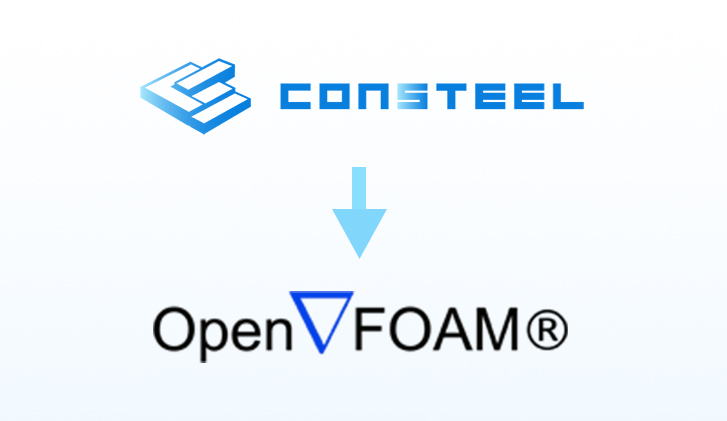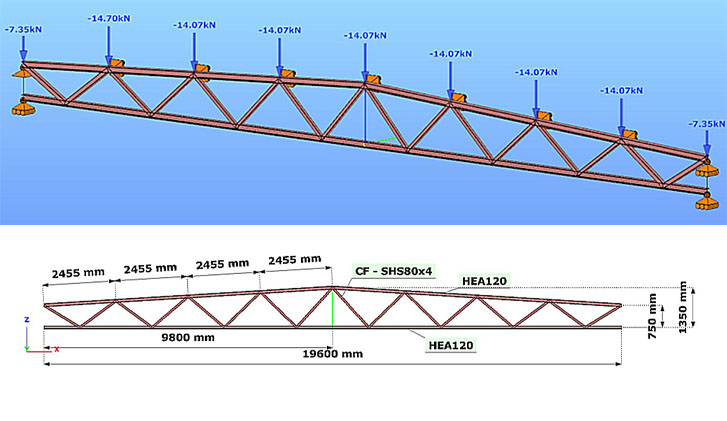Advanced modeling features for precise and efficient structural design
Using Consteel’s advanced modeling features, you can quickly dive into exciting engineering challenges instead of becoming entangled in the details of structural model creation.
No credit card required
Modeling features
User defined thin-walled section drawing
Besides several parametrically defined sections, custom profiles can also be created in Consteel. Profile definition includes not only drawing geometry but setting parameters necessary to Consteel’s automated design options too. These are standard Eurocode parameters of cross sections used for the automatic stability check, local buckling and distorsional buckling in case of cold-formed sections. Ultimately, manually defined cross-sections can be fully integrated into Consteel’s highly automated design workflow, just like standard or built-in macro cross-sections.
Parametric cold-formed profiles
Extended possibilities are provided for our users to define the most commonly used types of cold-formed sections parametrically. Z, C, Sigma, Zeta, hat, L and closed profiles are all available with possible web, flange and edge stiffeners where applicable. Definition is straightforward and design is handled through General Method in a fully Eurocode-conform way with the consideration of supplementary rules of EN 1993-1-3.
Easy modeling of nonunifrom members – Tapered members
In Consteel, the tapered members are easy to define with just a few clicks and with the help of realistic visulalisation, despite of the numerous options provided for geometry. Member eccentricities due to placement options are recognized and considered automatically during analysis, as well as the special calculation method serving the correct transfer of warping between the finite elements of different heights.
Easy modeling of plated girders – Superbeam
Considering shear and rotational restraints provided by the various types of sheeting is unavoidable during cold-formed purlin design. In Consteel, the definition of these restraints is practical for everyday use and supplemented with an automatically applied special purlin design mode of analysis and design calculations. As purlins can be modelled as integrated parts of the structural model, their restraining effect to the main structure can also be considered.
Easy modeling of purlins – Purlinline
Considering shear and rotational restraints provided by the various types of sheeting is unavoidable during cold-formed purlin design. In Consteel, the definition of these restraints is practical for everyday use and supplemented with an automatically applied special purlin design mode of analysis and design calculations. As purlins can be modelled as integrated parts of the structural model, their restraining effect to the main structure can also be considered.
Easy modeling of the effect of sheeting – Shear field
Considering the shear restraint of trapezoidal steel decking is always a question. Can the floor beams be considered as fully restrained or not? In Consteel, various types of trapezoidal sheetings are available and the actual shear stiffness of the application can be calculated either by the Eurocode or with methods provided by producers. Consequently, the actual shear restraints can be applied in the analysis and automatic design of the beams.
Easy modeling of bracing
Bracing rods require special handling in analysis due to their behavior against axial loads. In Consteel, they can be modelled either with non-linear tension-only elements or with X-brace, which considers the elements placed in pairs with half cross-section in the buckling analysis.
Automatic generation of meteorological loads
In Consteel, extensive tools are implemented in order to assist you to define the meteorological loads required to be used for structural design by the Eurocode. Wind, snow and exceptional snow loads are automatically generated on load transfer surfaces in most of the cases defined in the code and also can be applied partially in more special situations. Modification of the generated loads and controlling the regeneration by the user is also possible.
Wind load generator tool – FALCON plugin
FALCON (Fluid-dynamics Aided Loads in Consteel) is a universal load-generation tool supported by fluid dynamics simulation. Its goal is to provide structural engineers the opportunity to determine applicable wind loads that can be compared with standards, for a wide variety of building types.
Diverse modeling of structural imperfections
Since Consteel can precisely account for the effects of imperfections, it offers extensive flexibility in modeling them at multiple levels:
Global level – Initial sway can be considered either as an actual geometrical imperfection or as a notional load.
Member level – Initial bow can be defined in a classical manner or derived as a geometrical imperfection based on calculated buckling shapes.Additionally, these imperfections can be superimposed, with their amplitudes automatically determined according to standard methodologies, ensuring a comprehensive and accurate stability analysis.
Global model based modeling of connections
Connections are integrated parts of a structure and so they are integrated parts of the Consteel model too. Typical joints can be defined and placed at every relevant position. The loads from every placement are transferred automatically to the connection design module. There is no need to collect and insert the loads manually!
Connection design can be done either with our Joint module which is applicable for most standard connections, or to IDEA StatiCa Connection in case of nonstandard solutions.
Adaptive eccentricity of loads and supports
Loads and supports are placed on the members’ reference line by default which corresponds to the gravity center of the cross-section. Defining eccentricities is also possible. Eccentricities are always relative to the cross-section’s dedicated points and so the placement of the load or the support adopt to the changes of the section.
How can Consteel enhance your work?
SIMPLIFY YOUR DESIGN PROCESS


